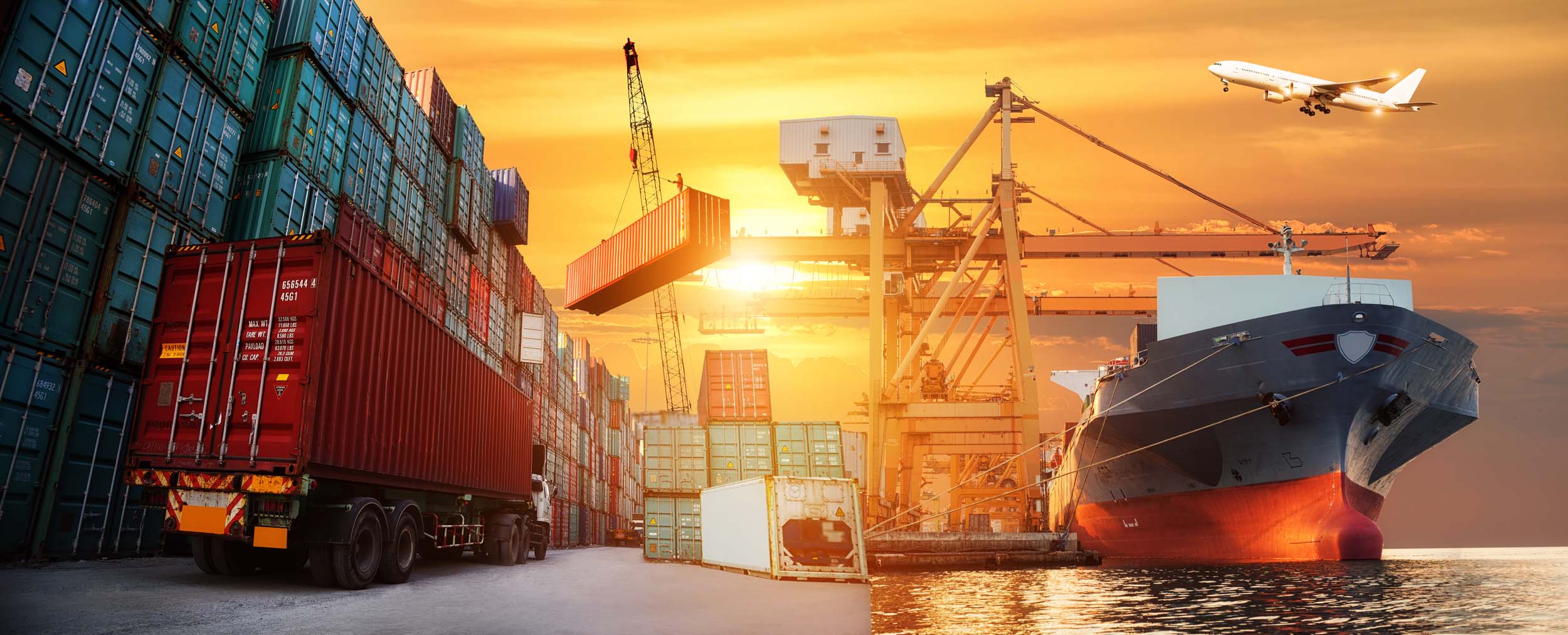Our awareness of supply chains has been heightened by recent events; the Ever Green container ship stuck in the Suez Canal, semiconductor shortages impacting car production, personal protective equipment (PPE) supplies at the onset of the Covid 19 pandemic. For many, supply chains were only considered when things went wrong and products were not immediately available. For businesses and governments that should now have dramatically changed.
Whilst ‘supply chain’ is an easy descriptor, no supply chain is a simple, linear chain of activities; it is a dynamic network of integrated processes, technologies, and people across numerous locations. The full extent of the supply network is often poorly understood, let alone assessed for risk and vulnerability. That needs to change if businesses and governments are to build better resilience and enhance our ability to respond to future events.
Risks to network flows
Thinking in terms of a network instead of a simple chain is a fundamental starting point. It means moving beyond the immediate next tier and qualifying the extended network. So too is to consider the three flows in operation across the network: physical, information, and cash. This can help with defining and mapping the network and the interactions that take place within it. It supports a detailed examination of the risk to each flow and the dependencies between them.
Semiconductor producers in Taiwan are currently struggling with the worst drought in 50 years. It may be tempting to view climate change as a longer-term risk, however, a UN backed annual report on natural disasters indicates 389 events in 2020 affecting millions of people with estimated economic losses of over $171bn.
Sudden surges in demand highlight bottlenecks in the supply network; the infamous toilet paper rush in March 2020 may now be amusing but on a more serious note, as UK construction activity increases, a squeeze on building materials is being felt with consequent price pressures. Pinch points are being felt in a number of sectors and significant questions remain about transport infrastructure capacities as trade volumes recover from the pandemic.
Much has been written about the opportunities to improve information sharing in supply networks to deliver service gains, drive cost efficiencies and reduce inventories. Some sectors have developed significant digital data flows that are intrinsic to their operating models; notably aerospace, automotive and retail. This comes with an increased risk of cyberattacks, particularly given the number of suppliers involved both as tier 1 and tier 2 levels in these networks.
Compliance to labour and environmental standards is very much in focus as businesses seek to deliver on environmental, social and governance (ESG) commitments. Not knowing what is happening across the network and accepting false assurances diminishes credibility and may impact revenues.
Pressure on cash flows is omnipresent but has been accentuated by the Covid 19 pandemic for many businesses. First reactions, such as extending payment terms, may seem viable at the first tier in the network but the knock-on effects are unlikely to reduce vulnerability and risk across a network. Critical points in the network are not necessarily a function of size and without detailed visibility of cash flows, supply could easily be disrupted or shifted to ensure more timely payments.
Network mapping
Creating a comprehensive view of the supply network is the critical starting point to better understanding risk. A view of the immediate tier of suppliers should be expanded, ideally in collaboration with these businesses, to qualify points in the network (nodes) and assess their criticality. Using a product’s bill of materials should support this assessment and start to qualify the scale of risks these nodes are subject to, for example, operating in an area with higher probability of flooding or with concerns around trade policy changes.
Qualifying risk across a supply network can be time consuming and difficult. That said, using artificial intelligence (AI) based analytics can provide a step change in capability. Capturing publicly available data and working in collaboration with immediate tier suppliers can quickly help understanding of network connectivity and vulnerabilities.

Managing risks
An exercise to map supply networks and qualify risk, as described, is the first stage in establishing a systematic approach to managing risk. This may indicate that immediate actions are needed but it should not be considered a one-off or set as an annual activity. Accountability for on-going risk management should be assigned with a supporting process that keeps a consistent monitor on what is a dynamic situation.
Options to manage the risks identified are not likely to be surprising but will need to consider the trade-offs inherent in any supply chain design; service, cost, and capital employed. Typical risk mitigations include:
- Dual sourcing and expanding the supply base
- Increasing inventory of critical items
- Nearshoring of supply base (at least in part)
- Bringing production in-house
- Reducing product portfolios
- Increasing inventories at selected nodes in the network.
Building a more resilient supply network does not mean limiting efficiency; by qualifying risks and understanding trade-offs, the design of the network can be adapted and, in many instances, yield better returns. Necessity can highlight opportunities not recognised or long overlooked.

Calum Lewis, Founder, OP2MA
Calum has extensive experience in leading businesses and delivering exceptional operational and financial performance. With the LEGO Group, he embedded best practice supply chain management to drive five-fold sales growth in the UK/Ireland market whilst supporting LEGO’s climb to No 1 UK Toy Supplier.



